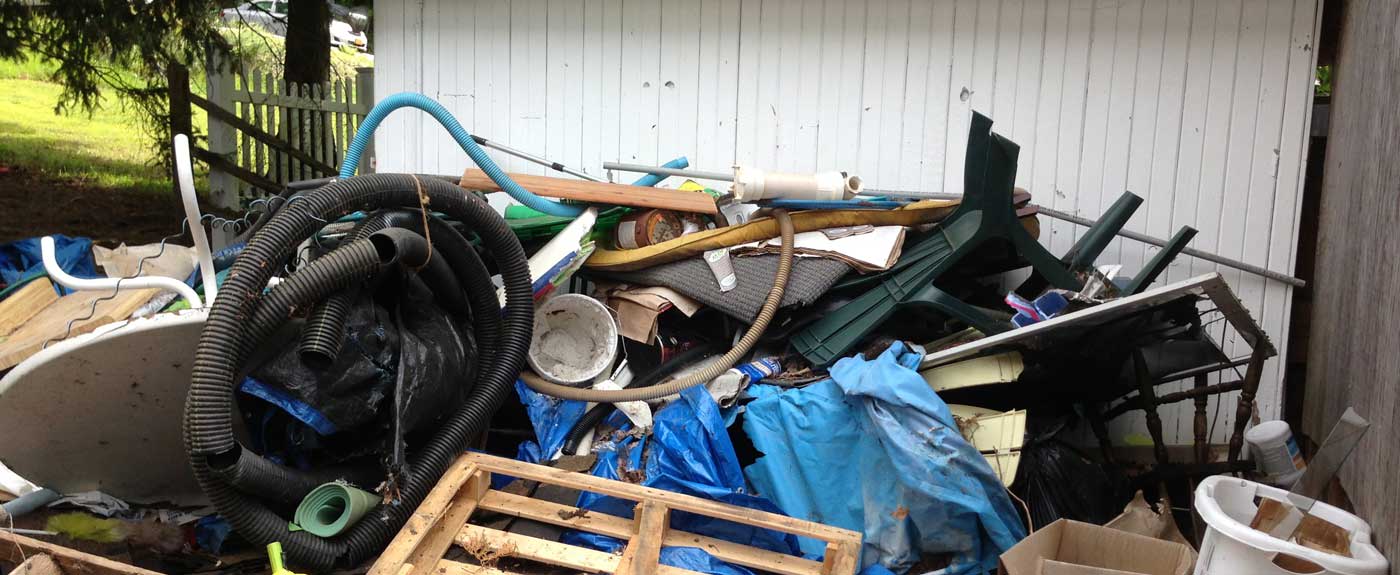Expert Waste Monitoring Techniques Customized for Industrial Settings
Tailoring waste administration methods to fit the distinct requirements of commercial settings is not just beneficial but vital for preserving operational performance and ecological sustainability. The pursuit for better waste monitoring in industrial setups involves a meticulous method that stabilizes regulatory compliance, cost-effectiveness, and eco-friendly duty.
Relevance of Tailored Waste Administration
Customized waste management techniques are vital in commercial settings to maximize resource usage and decrease environmental effect. Industrial procedures generate a substantial amount of waste, ranging from strong results to chemical pollutants, positioning a danger to the atmosphere if not managed effectively (Atlanta junk hauling). By customizing waste management techniques to suit the specific demands and obstacles of each industrial facility, firms can not just adhere to policies yet additionally enhance operational effectiveness and sustainability
One trick aspect of tailored waste administration is conducting a complete waste evaluation to determine the kinds and quantities of waste produced. This evaluation permits companies to carry out targeted remedies such as reusing programs, waste partition protocols, and waste-to-energy initiatives. By comprehending the structure of their waste streams, commercial centers can develop cost-effective techniques to minimize waste generation at the resource, causing long-term ecological benefits.

Sorts Of Industrial Waste
What are the numerous groups of hazardous waste generally created in making procedures? Hazardous waste can be classified into numerous primary categories based upon its make-up and characteristics. Contaminated materials is just one of one of the most vital kinds, consisting of chemicals, solvents, hefty metals, and various other products that present a threat to human health and wellness or the setting. This classification frequently calls for special delivery and disposal methods to stop contamination and ensure security.
An additional common kind of commercial waste is non-hazardous waste, which encompasses products like paper, plastics, and packaging waste. While non-hazardous waste might not pose immediate threats, correct monitoring is still necessary to reduce landfill usage and advertise recycling and sustainability methods.

Contaminated Materials Handling Procedures
Effective monitoring of harmful waste in commercial setups requires stringent adherence to established dealing with procedures to mitigate risks and make certain environmental safety and security. Hazardous waste handling treatments involve several essential actions to reduce the prospective effect on human health and wellness and the environment. First of all, correct recognition and classification of harmful waste are vital. This includes establishing the characteristics of the waste to ascertain the appropriate handling, storage, and disposal methods.
Secondly, as soon as recognized, unsafe waste has to be very carefully set apart from non-hazardous waste to avoid contamination and see page make certain appropriate treatment. Storage of contaminated materials must comply with guidelines concerning containment, labeling, and compatibility to stop leaks, spills, or various other cases that can jeopardize workers or the atmosphere.
Moreover, handling procedures ought to consist of the use of individual protective tools, employee training, and emergency situation response protocols. Routine evaluations, surveillance, and paperwork of contaminated materials handling activities are essential to keeping compliance and identifying locations for enhancement. By following these structured procedures faithfully, commercial centers can successfully take care of contaminated materials and maintain their commitment to ecological stewardship.
Executing Efficient Reusing Practices

To carry out efficient reusing techniques, commercial facilities ought to first conduct a waste audit to recognize the types and quantities of recyclable materials produced in their procedures. Based on this audit, firms can then establish designated reusing terminals, supply proper training to employees on proper sorting strategies, and collaborate with trusted reusing companions for the collection and processing of products. Furthermore, setting details recycling objectives, tracking progress, and regularly interacting with personnel concerning the relevance of reusing are essential steps to make sure the success and sustainability of recycling initiatives in commercial settings.
Surveillance and Constant Improvement
To guarantee the effectiveness and sustainability of waste monitoring techniques in commercial setups, the implementation of robust surveillance and continual renovation procedures is important. Surveillance involves monitoring crucial efficiency indications (KPIs) such as waste generation rates, reusing portions, and disposal costs. Routinely assessing these metrics enables organizations to determine areas for renovation and gauge the success of carried out waste management initiatives.
Continuous renovation is important for refining procedures gradually. It entails analyzing monitoring information, determining inefficiencies, and executing adjustments to enhance waste monitoring techniques better. This iterative approach cultivates a society of recurring enhancement and advancement within the organization.
Making use of modern technology like waste tracking software application and IoT sensors can simplify monitoring efforts, giving real-time information for informed decision-making. Staff member training and engagement likewise play an essential role in making certain the success of tracking and continual renovation initiatives, as frontline personnel are usually principals in waste management procedures.
Conclusion
To conclude, customized waste administration click now strategies are essential for industrial settings to successfully take care of different kinds of waste, including harmful materials. By carrying out reliable reusing methods and continually tracking and improving waste management processes, markets can reduce their environmental impact and make certain compliance with laws. It is important for business to prioritize waste administration to protect the setting and advertise sustainability in their operations.